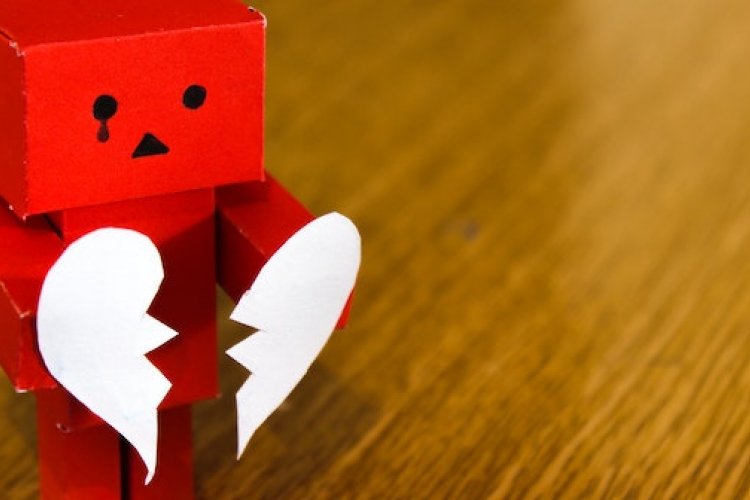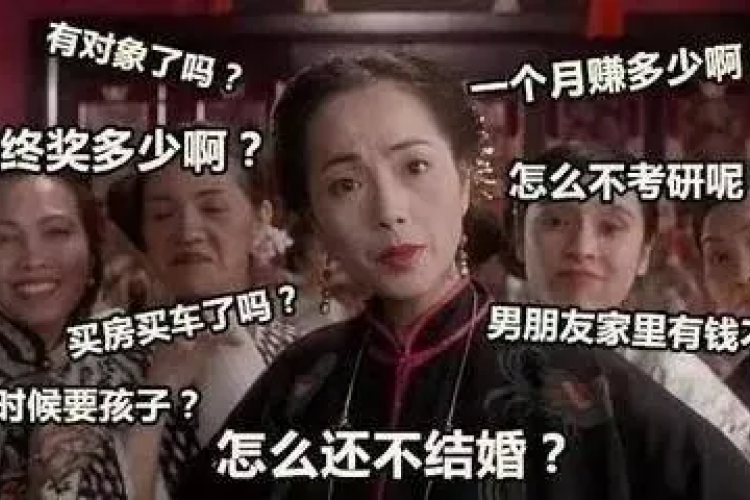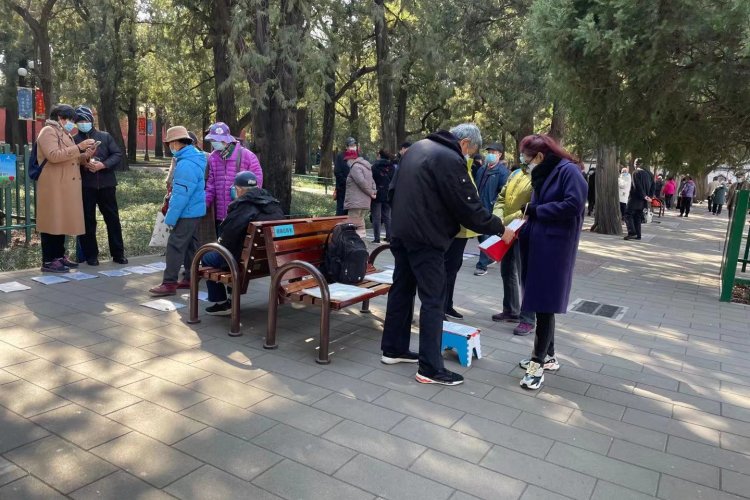News You Might Have Missed: Marriage, Babies, Affairs and Fakes
Asia seems to be dropping the ball when it comes to marriage and babies. In Beijing, a sleazy professor with a school-age mistress causes outrage. Abroad, Chinese-made fake handbags cause controversy ... but not in the way that you'd think.
The Economist recently took a look at demographic trends in Asia regarding marriage and children, and they've turned up some interesting numbers. While it's a global trend that the average marriage age has increased and fertility rates have decreased, particularly in developed countries, Asians are outdoing Westerners on all accounts. In simple terms, East Asian women are not marrying on average until 30, and an increasing number who are unmarried in their 30s can be expected to never marry. In comparison, the average age of marriage in the US for women is 26. Moreover, in many Western countries, cohabitation is taking the place of marriage, including its role of producing offspring, whereas in Asia cohabitation – let alone starting families outside of marriage – is nearly non-existent.
The article is a trove of fascinating statistics about divorce, literacy, education, income, marriage satisfaction and fertility rates. For example, in the late 1960s, the average East Asian woman could expect to have 5.3 children during her lifetime; nowadays, the fertility rate is 1.6 children per woman. If women are no longer marrying as early (or at all) and are culturally frowned upon for having children outside of wedlock, this doesn't bode well for the ability of a society to replace its population. This trend (along with the consequences of the one-child policy) will leave China with its last remaining female about 1,500 years from now.
(Keep in mind that these "back-of-the-envelope calculations" by The Economist are strenuously hypothetical; they most likely do not factor in immigration rates – nor do they take into consideration the fact that a society dwindling down to zero might be alarmed enough to do something about it.)
From hypothetical numbers to actual happenings ... Beijingers are up in arms over a Peking University professor who was dismissed after his high-school student mistress tried extorting RMB 300,000 from him after he failed to get her accepted to Beida. The girl is being prosecuted while netizens have mobilized a human flesh search engine against the prof.
And half a world away, Chinese customs are being misunderstood and making news. Canal Street in NYC's Chinatown is a known hotspot for knockoff designer goods, so it may not come as a surprise that a Chinatown shop was recently busted for selling fake Louis Vuitton and Gucci handbags. Unfortunately for any police officers who might have been hoping to bust a counterfeiting ring wide open, the handbags they seized were cardboard replicas that wouldn’t even stand up against the worst knockoffs in Yashow. The reason: The shop they raided specialized in selling funeral goods – bags and TVs and iPads made of cardboard and joss paper, intended to be burned as offerings at funerals.
The ridiculous arrests suggest that China, and Chinese people, have become synonymous with counterfeiting. To which we say: Fake is not the same as counterfeit. Get it straight.
Photos: New York Times, The Economist





